All The Lies About Coca-Cola You Believed Were True But Are False
2014.07.11
People enjoy spreading lies and rumors, and Coca-Cola gets a ton of them. Here are the many lies that people have found plausible, and have come to believe so far. Check them out below:
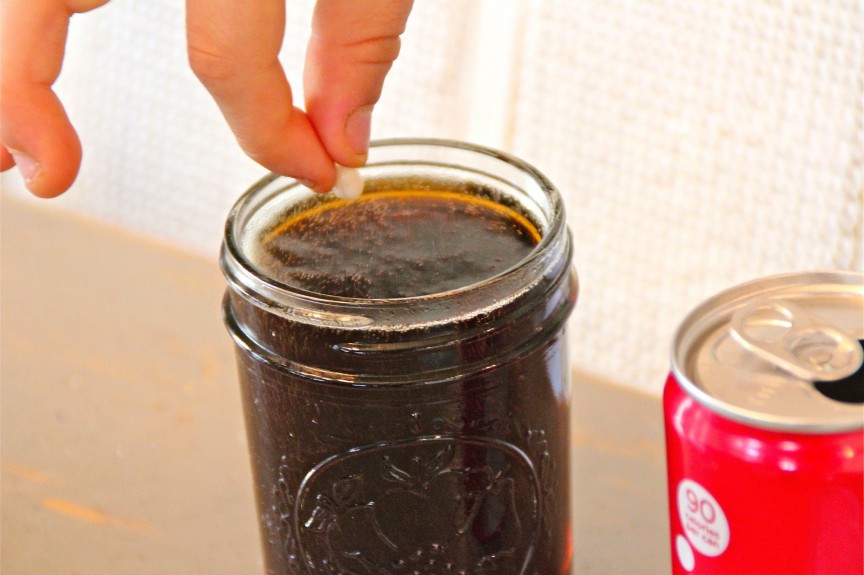
Cornell University’s Clive McCay told American congressmen that the sugar in Coke caused cavities and that leaving a tooth in a glass of Coca-Cola for two days would result in the tooth being dissolved.
Coke's top chemist, Orville May explained that anything containing phosphoric acid and sugar would dissolve teeth after some time, and that means orange juice too. But two days? Not possible.
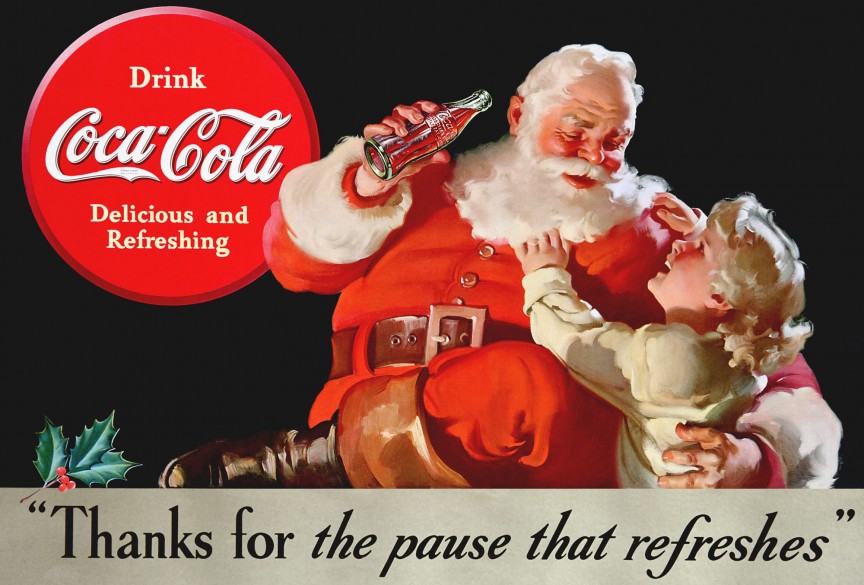
This email was widely circulated in 2000:
The jolly old St. Nick that we know from countless images did not come from folklore, nor did he originate in the imaginations of Moore and Nast. He comes from the yearly advertisements of the Coca-Cola Company. He wears the corporate colors — the famous red and white — for a reason: he is working out of Atlanta, not out of the North Pole.
The image showed a Coca-Cola advertisement with Santa Claus. The truth however, Santa existed long before Coca-Cola started featuring him in its print advertisements.

Here's everyone's favorite rumor. Only two Coca-Cola executives know the exact formula for the drink and each one has half of it. Except, that's not true. Many Coca-Cola employees know how their beverages are made. The whole secrecy cloud surrounding this works well for Coca-Cola though.
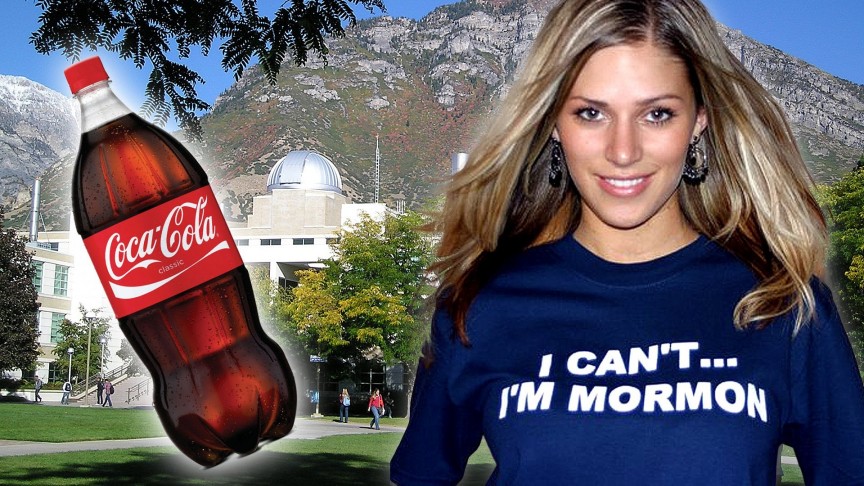
The rumor that Mormons secretly own the company is false. Did you know Mormons are forbidden from consuming caffeinated drinks too?
The truth is that pork is normally free of worms unless larvae grow on it after the pork is exposed to flies.
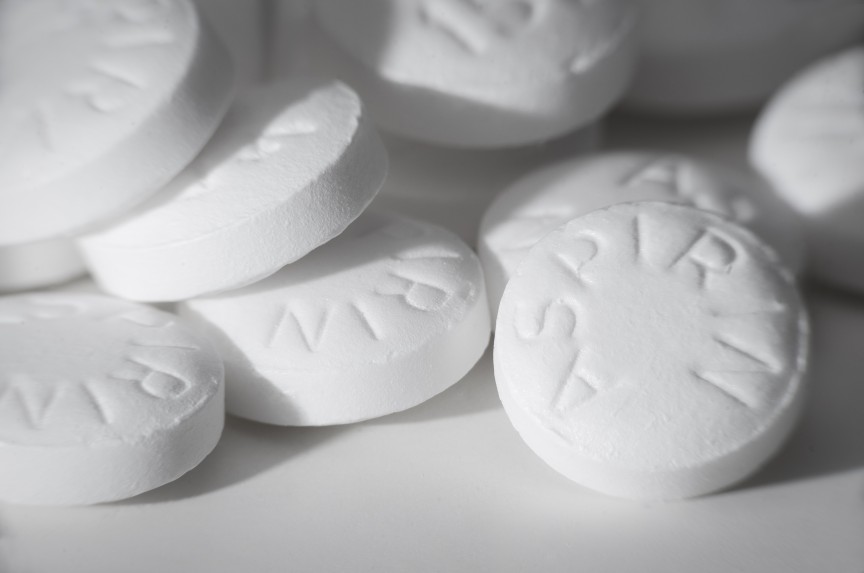
It's hard to think this couldn't happen, since there's advice on not mixing medication with any other drink except water. The whole thing is a lie.
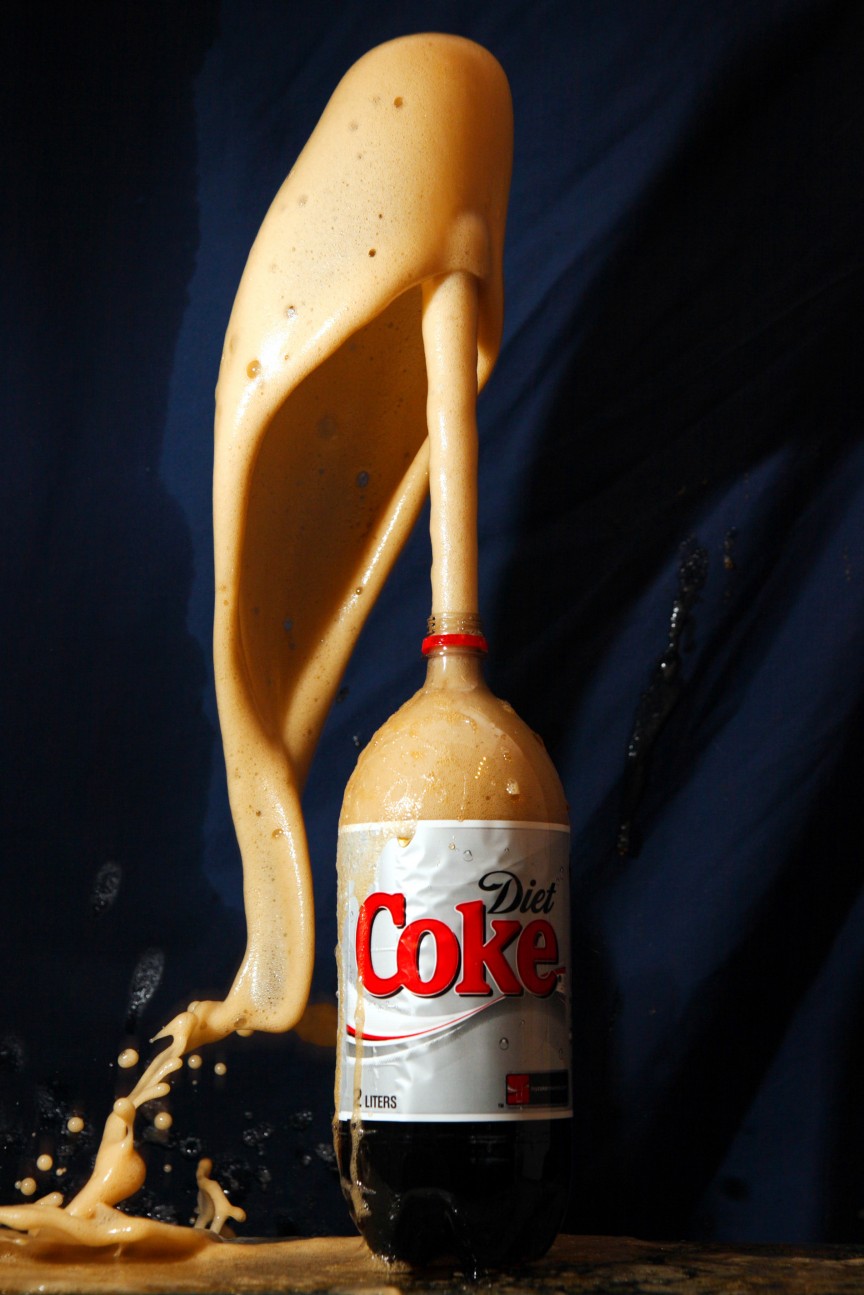
We've all seen what happens when you drop a Mentos into a bottle of Diet Coke. There's even videos of it on the net. So how could you not believe it?
The truth is, chewing on a Mentos would destroy its surface and make it unable to create a dramatic effect. Even if it is swallowed after guzzling down some Diet Coke, acids in the stomach would neutralize the substance. At most, you'll probably get a stomach ache.
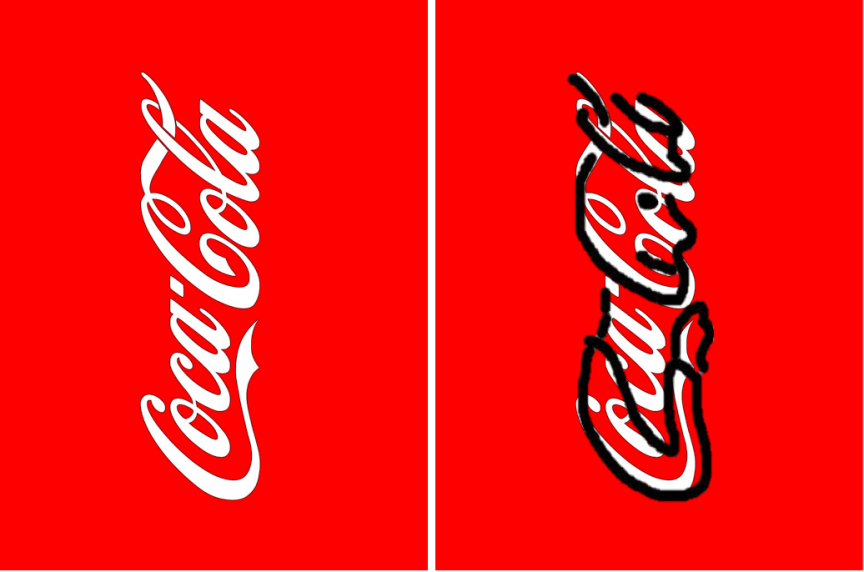
Coca-Cola's cursive logo was rumored to be set vertically to reveal an image of a hat wearing man snorting cocaine.
Actually, that Coke once contained cocaine was true until 1929, before coca leaf extract was altogether eliminated as an ingredient of the product. But the amount of cocaine was so tiny in Coke that it couldn't have possibly created any effect.
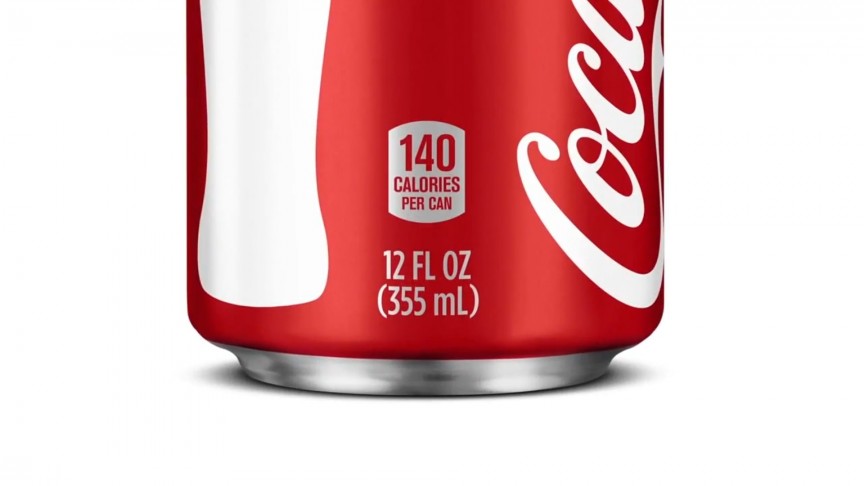
An email containing the following text circulated sometime around 1990:
There was an old rumour that stated that a particular diet soda company (Coke I believe) paid a fine to print their cans as stating that the soda had ‘just one calorie’. According to the rumour, companies who knowingly printed misinformation on the nutritional facts of their product would have to pay a fine. The company in question figured it could make more money by convincing people the product only had 1 calorie than it would cost to pay the fine, meaning a higher profit margin for them.
Of course, this is a myth.
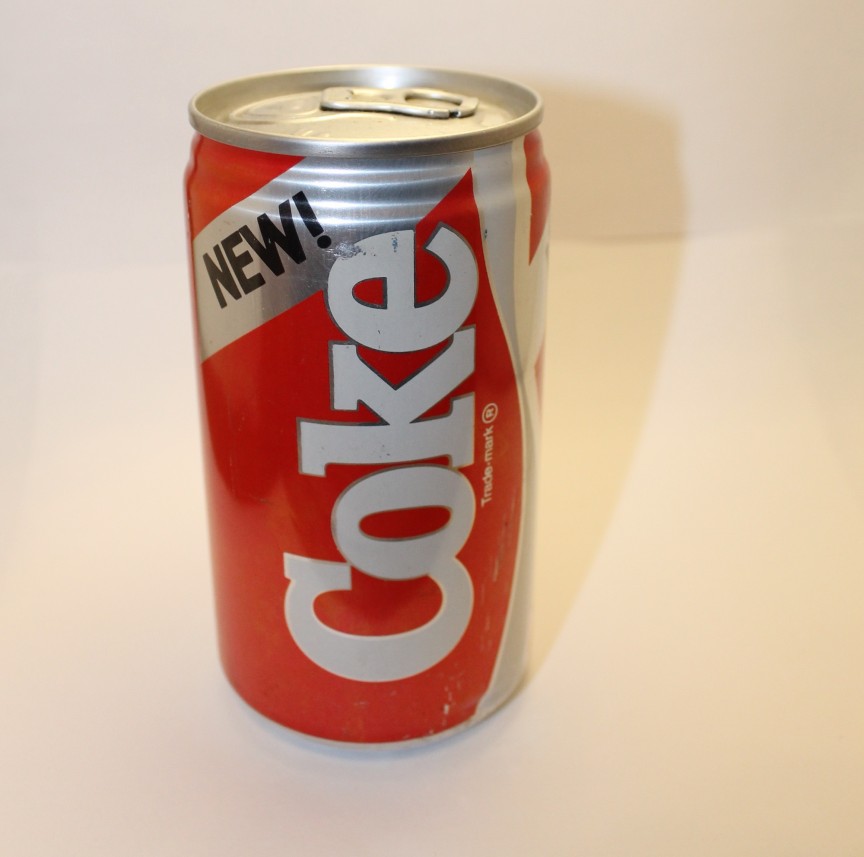
The introduction of "New Coke" in 1985 was a failure that even the company couldn't have expected it. But instead, people spun it around and thought that Coke wanted to revive interest in "Classic Coke". It was a simple miscalculation by the company.
1. A Glass of Coca-Cola Can Dissolve a Tooth Overnight

Cornell University’s Clive McCay told American congressmen that the sugar in Coke caused cavities and that leaving a tooth in a glass of Coca-Cola for two days would result in the tooth being dissolved.
Coke's top chemist, Orville May explained that anything containing phosphoric acid and sugar would dissolve teeth after some time, and that means orange juice too. But two days? Not possible.
2. Coca-Cola Created the Modern Image of Santa Claus

This email was widely circulated in 2000:
The jolly old St. Nick that we know from countless images did not come from folklore, nor did he originate in the imaginations of Moore and Nast. He comes from the yearly advertisements of the Coca-Cola Company. He wears the corporate colors — the famous red and white — for a reason: he is working out of Atlanta, not out of the North Pole.
The image showed a Coca-Cola advertisement with Santa Claus. The truth however, Santa existed long before Coca-Cola started featuring him in its print advertisements.
3. No Employee Knows the Complete Coca-Cola Formula

Here's everyone's favorite rumor. Only two Coca-Cola executives know the exact formula for the drink and each one has half of it. Except, that's not true. Many Coca-Cola employees know how their beverages are made. The whole secrecy cloud surrounding this works well for Coca-Cola though.
4. Coca-Cola Is Owned by the Mormons

The rumor that Mormons secretly own the company is false. Did you know Mormons are forbidden from consuming caffeinated drinks too?
5. Pouring Coca-Cola Onto Raw Pork Will Result in Worms Crawling Out of the Meat
The rumor is about pork, but Coca-Cola somehow got involved in the story. The false story states that by pouring Coke over uncooked pork, tiny worms will come out of the meat. There's even a fake video of it around.The truth is that pork is normally free of worms unless larvae grow on it after the pork is exposed to flies.
6. Drinking Coca-Cola With Aspirin Could Kill You

It's hard to think this couldn't happen, since there's advice on not mixing medication with any other drink except water. The whole thing is a lie.
7. Drinking Diet Coca-Cola Then Swallowing a Mentos Can Kill You

We've all seen what happens when you drop a Mentos into a bottle of Diet Coke. There's even videos of it on the net. So how could you not believe it?
The truth is, chewing on a Mentos would destroy its surface and make it unable to create a dramatic effect. Even if it is swallowed after guzzling down some Diet Coke, acids in the stomach would neutralize the substance. At most, you'll probably get a stomach ache.
8. The Cursive Coca-Cola Logo Features a Cocaine Snorter

Coca-Cola's cursive logo was rumored to be set vertically to reveal an image of a hat wearing man snorting cocaine.
Actually, that Coke once contained cocaine was true until 1929, before coca leaf extract was altogether eliminated as an ingredient of the product. But the amount of cocaine was so tiny in Coke that it couldn't have possibly created any effect.
9. Coca-Cola Is Willing to Pay Fines for Lying About Calorie Content

An email containing the following text circulated sometime around 1990:
There was an old rumour that stated that a particular diet soda company (Coke I believe) paid a fine to print their cans as stating that the soda had ‘just one calorie’. According to the rumour, companies who knowingly printed misinformation on the nutritional facts of their product would have to pay a fine. The company in question figured it could make more money by convincing people the product only had 1 calorie than it would cost to pay the fine, meaning a higher profit margin for them.
Of course, this is a myth.
10. The Failed “New Coke” Was a Ploy to Bring Attention to “Classic Coke”

The introduction of "New Coke" in 1985 was a failure that even the company couldn't have expected it. But instead, people spun it around and thought that Coke wanted to revive interest in "Classic Coke". It was a simple miscalculation by the company.
More Articles
Copyright © Fooyoh.com All rights reserved.